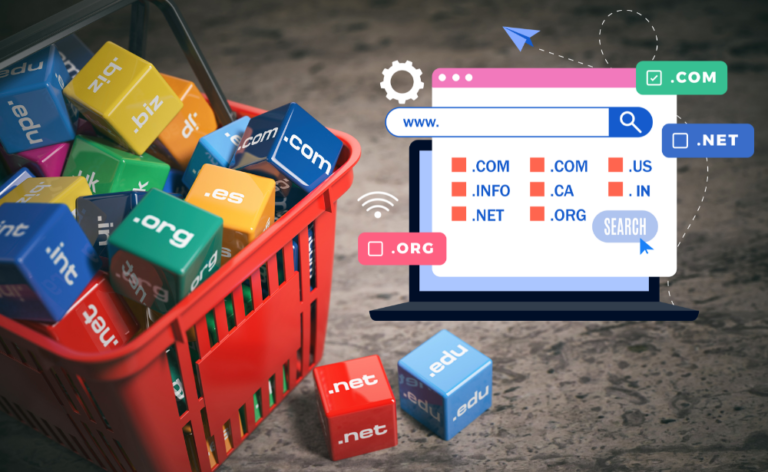A Learning Management System (LMS) is a software application or web-based technology used to plan, implement, and assess a specific learning process.
Typically, an LMS provides an instructor with a way to create and deliver content, monitor student participation, and assess student performance.
It also allows students to use interactive features such as threaded discussions, video conferencing, and discussion forums.
Essential Functions of an LMS
An LMS is designed to simplify and enhance the learning experience for both instructors and learners. Here are some of the key functions it performs:
Course Management
LMS platforms allow instructors to create, manage, and organise courses efficiently. They can upload course materials such as documents, videos, and presentations and structure them into modules or sections.
Tracking and Reporting
One of the most significant advantages of using an LMS is its ability to track and report on learner progress. Instructors can monitor student engagement, track completion rates, and identify areas where learners struggle.
Assessment and Testing
LMS platforms offer various tools for assessing learners. These can include quizzes, tests, assignments, and surveys. The system can automatically grade many assessments, providing instant feedback to learners.
Communication and Collaboration
LMS platforms facilitate communication between instructors and learners through forums, messaging, and video conferencing. This enhances collaboration and allows for a more interactive learning environment.
Certification and Compliance
Many LMS platforms support the issuance of certificates upon course completion. This is particularly useful in professional and corporate training environments, where compliance with industry standards and regulations is critical.
Benefits of Using an LMS
Adopting LMS platforms has numerous benefits, making them a popular choice for educational institutions and organisations worldwide.
Efficiency
LMS platforms streamline the educational process by centralising course materials, tracking progress, and automating administrative tasks. This efficiency allows instructors to focus more on teaching and less on paperwork.
Accessibility
An LMS allows learners to access course materials anytime and anywhere, as long as they have an internet connection. This is particularly beneficial for distance learning and remote education.
Consistency
With an LMS, the delivery of course content is standardised, ensuring all learners receive the same information and instruction. This consistency helps maintain the quality of education across different classes and cohorts.
Engagement
Interactive features such as multimedia content, forums, and quizzes can enhance learner engagement. An LMS can also facilitate personalised learning experiences, catering to individual learner needs and preferences.
Cost-Effective
Implementing an LMS can reduce the costs associated with traditional learning methods, such as printing materials and booking physical venues. It can also save time and resources by automating administrative tasks.
Standard Features of an LMS
Here are some standard features you might find in an LMS:
- Content Management: Tools for uploading, managing, and organising course materials.
- User Management: Capabilities to enrol users, assign roles, and manage user data.
- Assessment Tools: Quizzes, tests, and assignments for evaluating learner progress.
- Reporting and Analytics: Insights into learner performance and course effectiveness.
- Communication Tools: Forums, messaging systems, and video conferencing capabilities.
- Mobile Access: Compatibility with mobile devices for learning on the go.
- Gamification: Elements such as badges and leaderboards to increase engagement.
Types of LMS Platforms
Cloud-Based LMS
These platforms are hosted on the internet and can be accessed through a web browser. They are typically subscription-based and do not require any hardware installation, making them a convenient option for many users.
Self-Hosted LMS
These platforms are installed on the organisation’s servers. They offer greater control and customisation options but require more technical expertise to manage and maintain.
Open-Source LMS
Open-source LMS platforms are free to use and can be customised extensively. They require a higher level of technical skill to set up and maintain but offer flexibility and cost savings.
Commercial LMS
These are proprietary platforms offered by companies for a fee. They often come with robust customer support and additional features that might not be available in open-source alternatives.
In summary, an LMS platform is a versatile tool that supports creating, delivering, and managing educational courses. Its benefits in terms of efficiency, accessibility, consistency, engagement, and cost-effectiveness make it an indispensable asset for modern education and training.







